So you may have been hearing about OpenSauced’s 100 Days of Open Source challenge on X (Twitter) or from your friends in an online coding group. And maybe you want to join in but don’t know where to start.
Ooh, I know the feeling. When I first joined the open source community, I was so overwhelmed with the plethora of projects out there, as well as the expertise that all the other contributors seemed to have.
It felt like I was a small fish taking its first swim in the big ocean. But eventually, those feelings went away after discovering this:

Remember how Peter Pan told Wendy that the second star to the right will take her to Neverland? Well, this guide will show you how to harness the power of the good first issues label so you can end up in digital Neverland.
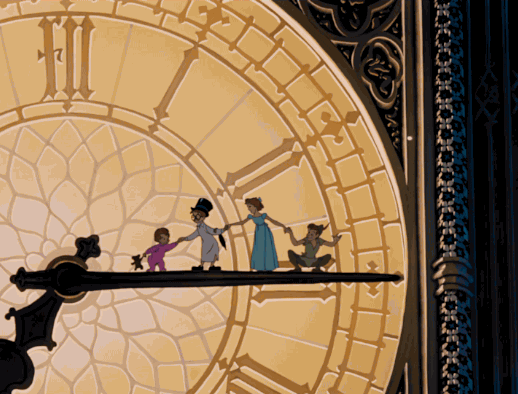
What is a Good First Issue?
Before you go to GitHub and plow through open source repositories for good first issues, let’s define what it is.
A good first issue is a label that GitHub-hosted open source projects use. It describes issues that are reserved for people who are new to open source in general or those who are new to a particular project.
Think of this label as the bat signal James Gordon often uses to let Batman know that help is needed in certain parts of Gotham City.

Now, knowing what good first issue labels are is one thing, but finding them is another story.
How to Find Good First Issues on GitHub
If you already know the project that you want to contribute to, you can do the following:
First, click on the Issues tab:
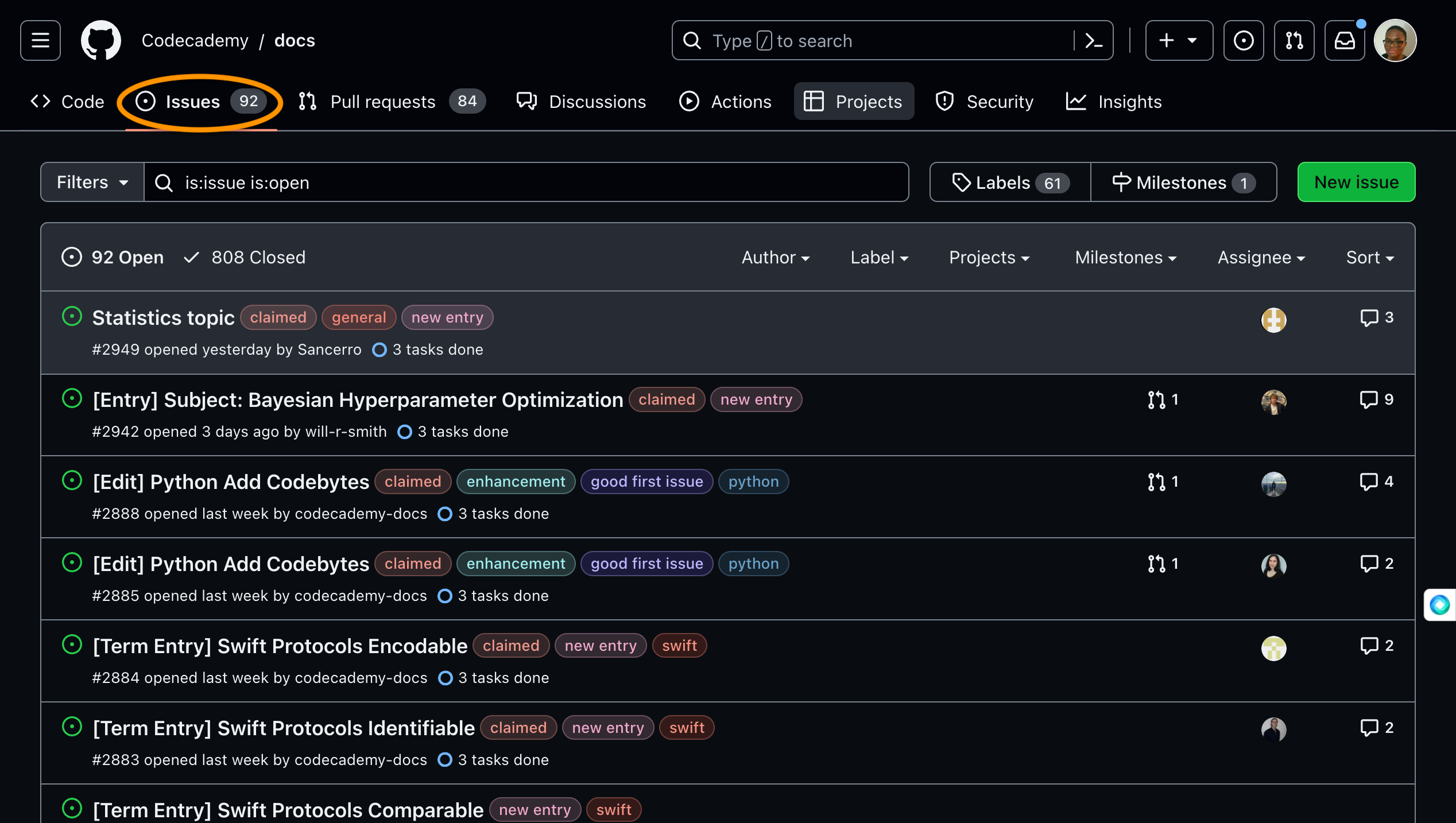
Then click on the Label filter:
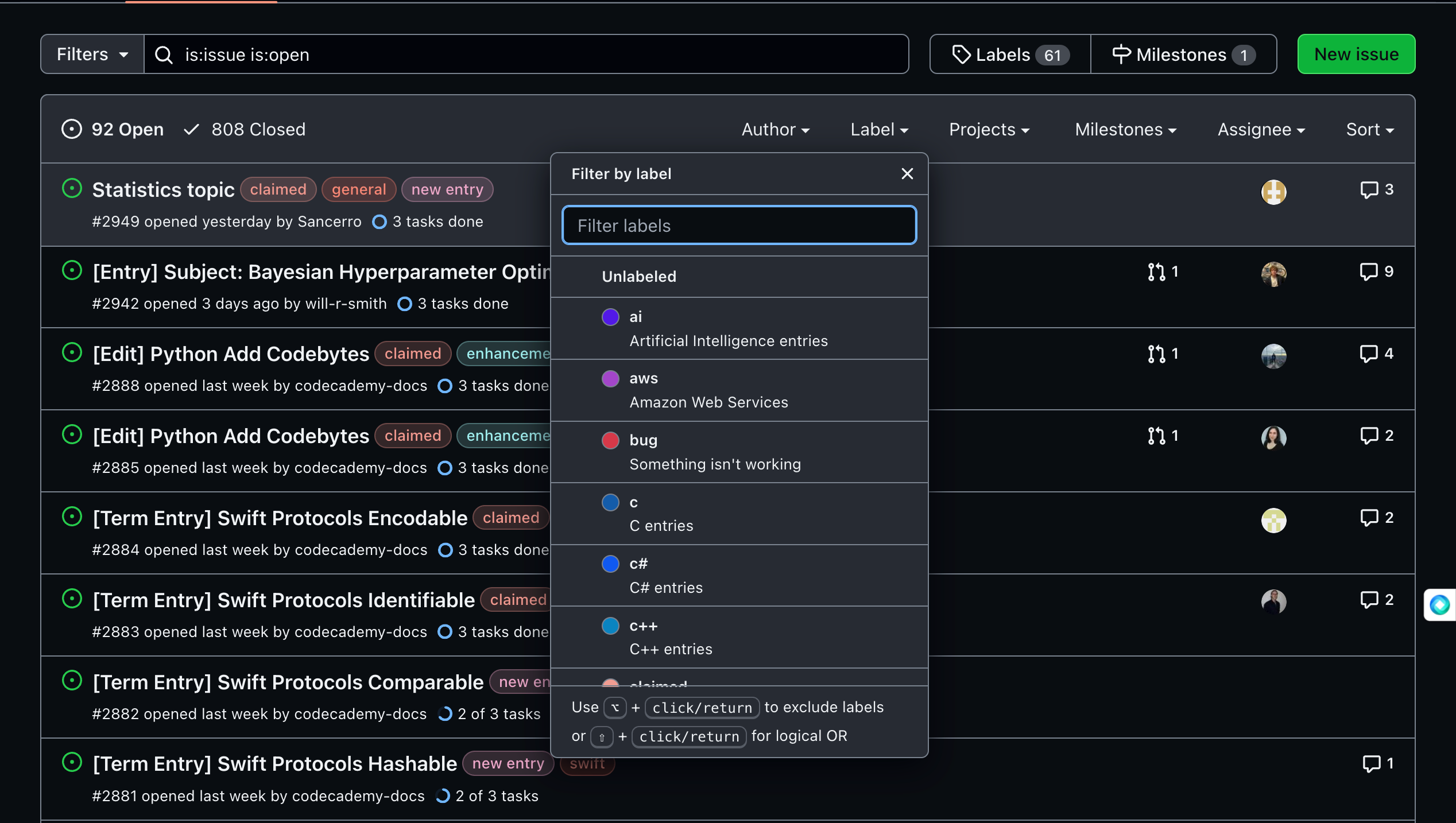
Now you can pick the good first issue label:
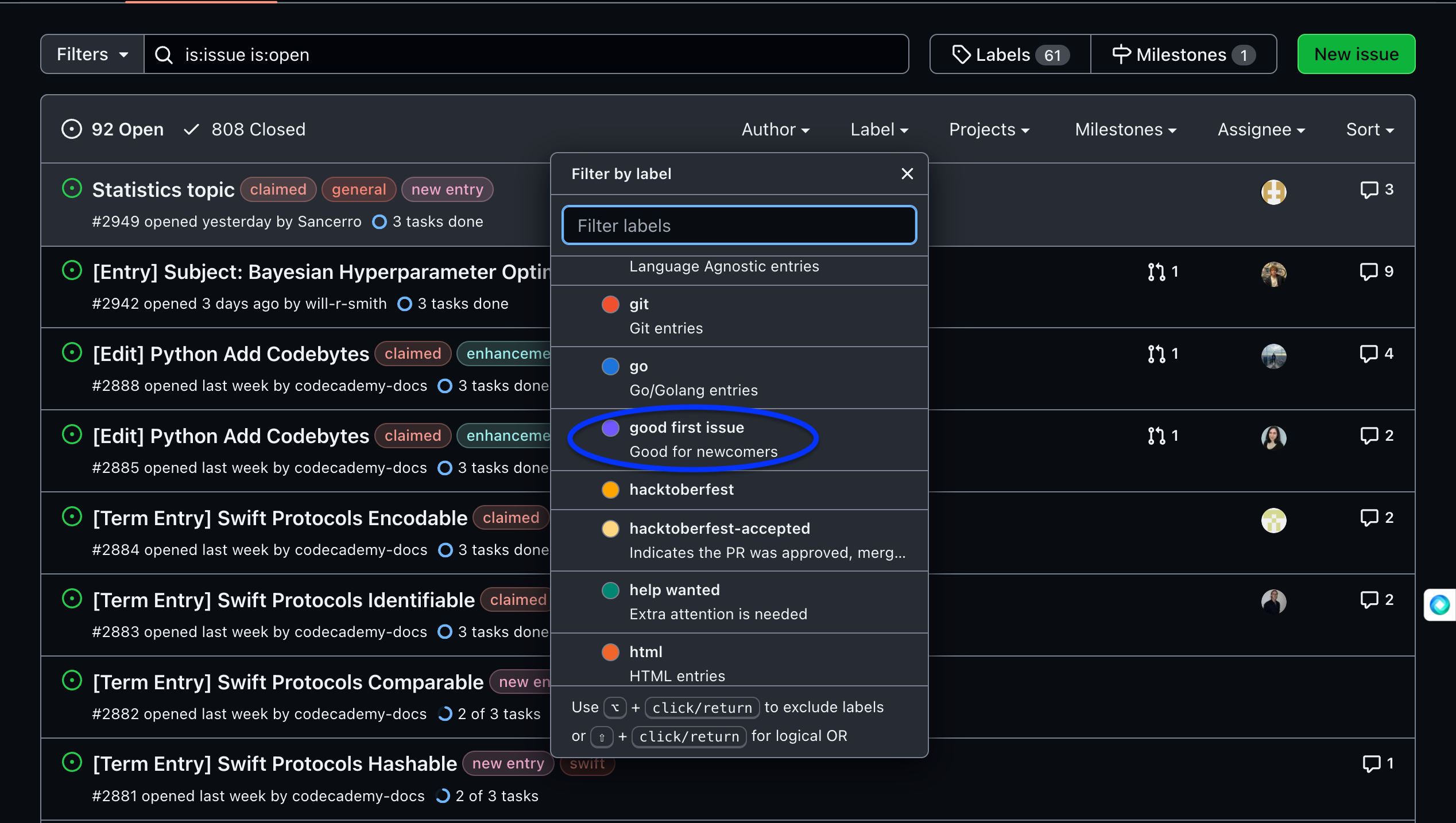
And there you go! Anything that the project has labeled "good first issue" will come up.
What if you don't have a project in mind?
If you’re not sure which repo you want to contribute to, there’s also awesome curated lists of open source projects that have raised good first issues on GitHub.
You can access it by going to the navigation bar and clicking on Explore:
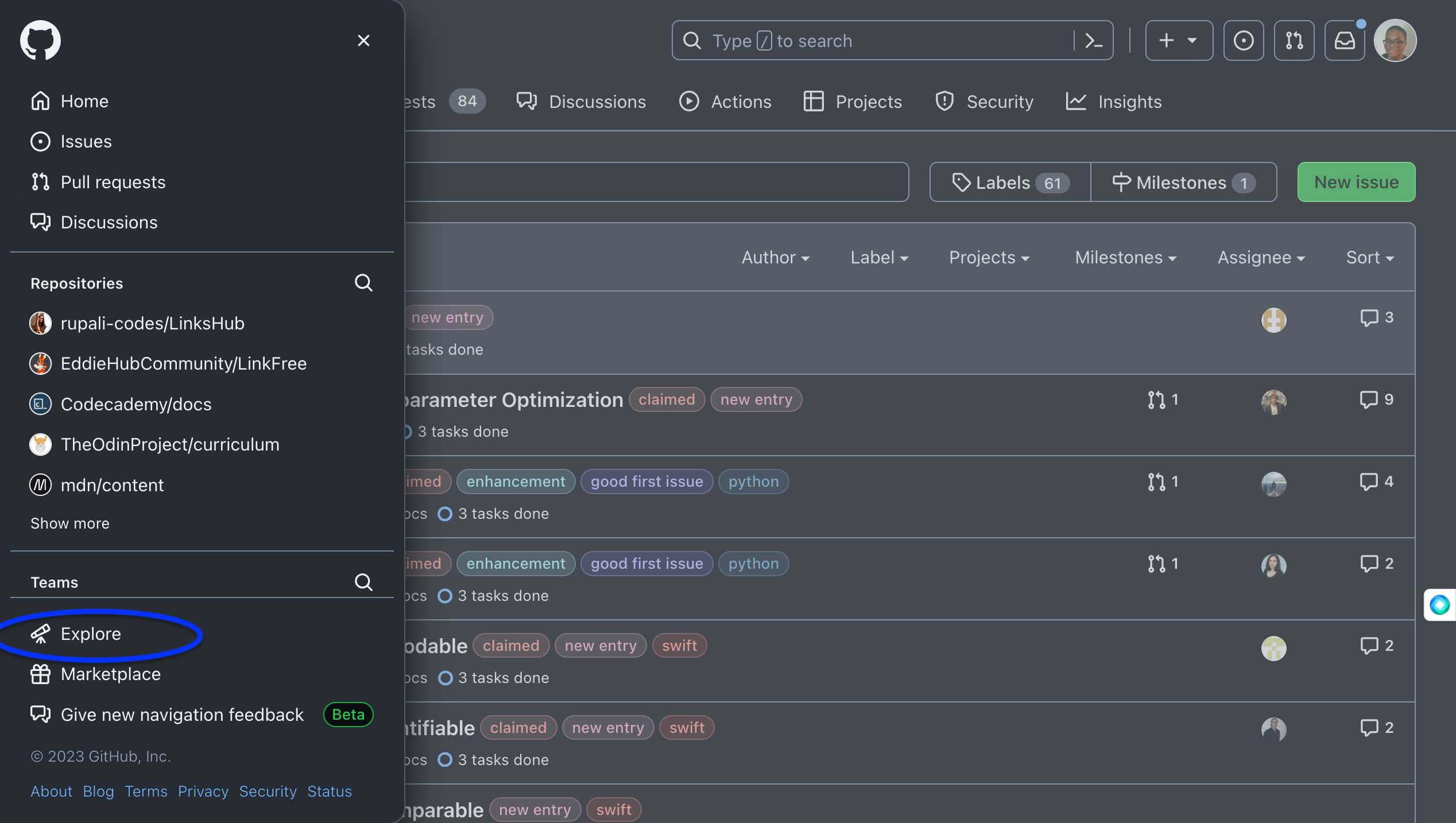
Then type “good first issues” in the search bar:
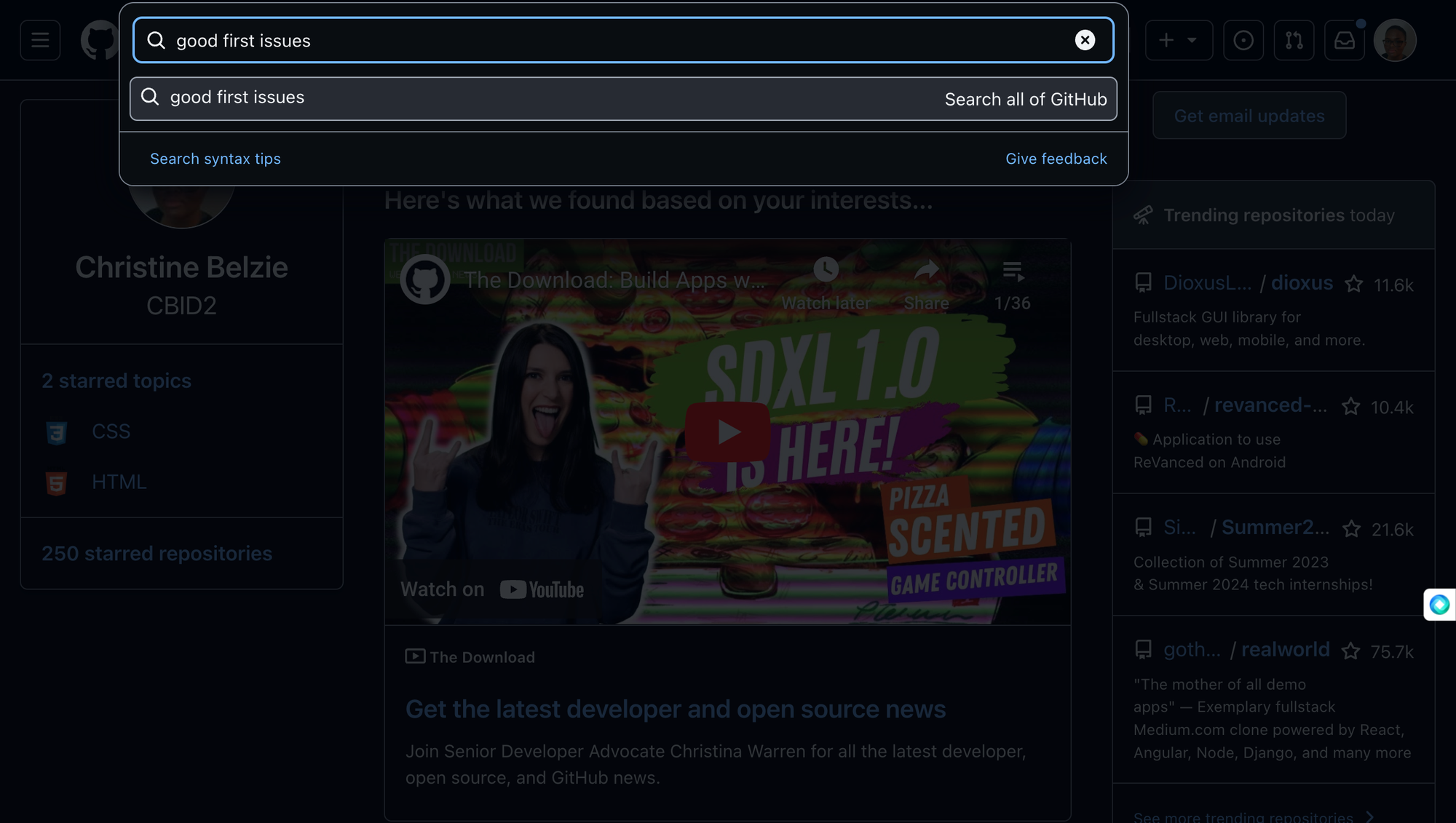
Go to the Filter By section and click on Topics:
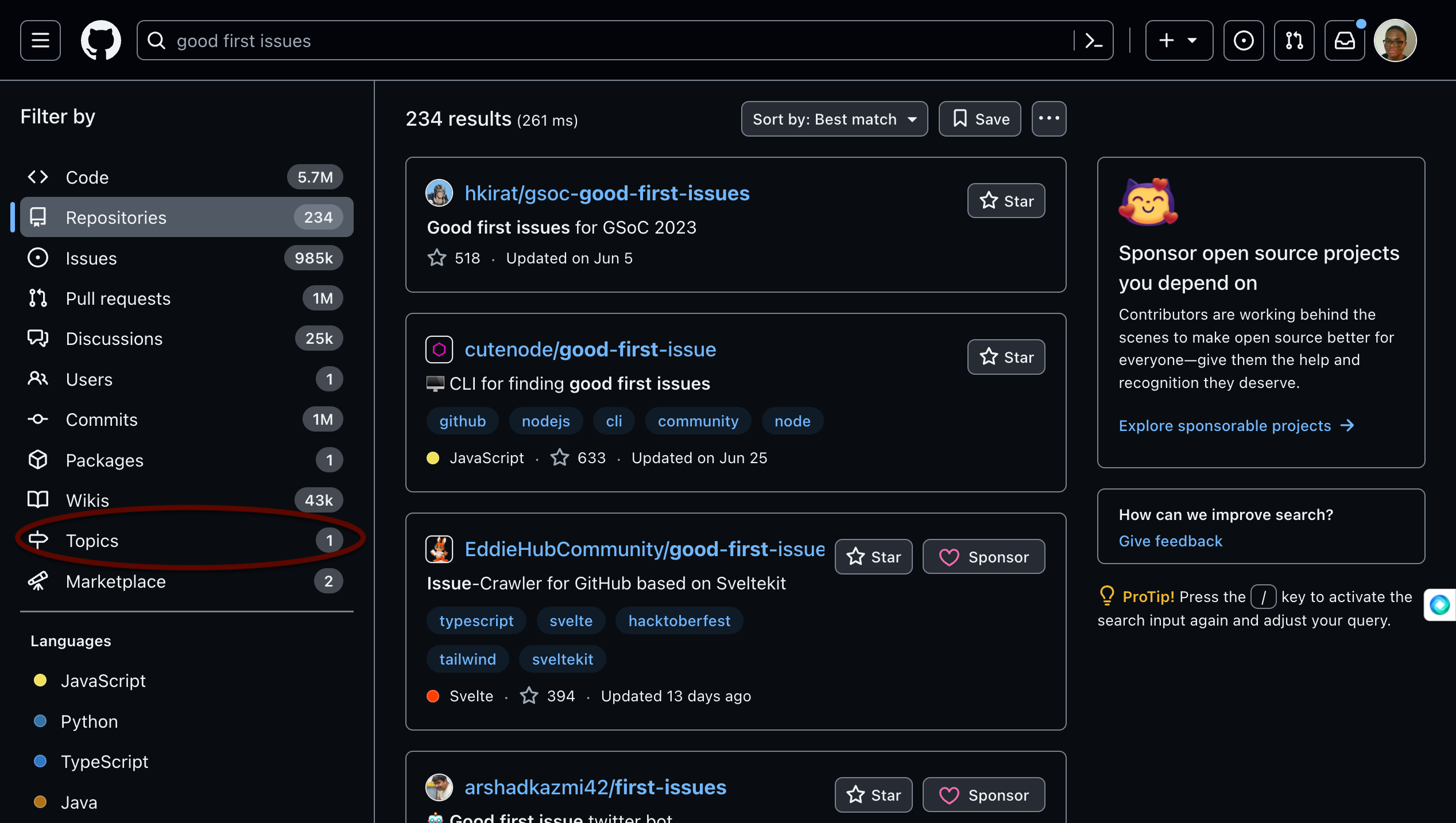
Now before you go and hunt for good first issues, there’s just one more piece of advice that I want to share with you.
How to Decide What Issues to Work on
As cliché as this sounds, sometimes the simplest thing is actually the hardest. There are some issues that have the good first issue label that are actually pretty difficult to solve once you've started working on them.
I remember when I first contributed to the MDN Web Docs, I had to add the <section> tag to certain parts of the docs. On the surface, it seemed pretty easy, but then I found that it took me a while to find the files that needed those tags.
To avoid making the mistake I made, consider asking yourself the following questions before you pick a good first issue:
- Does this issue truly suit your interest(s)?
- Do you have the skills to solve the problem?
- Has it been assigned to someone else already?
By asking yourself these questions, you’ll be able to find a truly good first issue for you.
Conclusion
There you have it folks! Your guide to finding good first issues. 😊 Starting your open source journey can be very exciting and intimidating. But by searching for good first issues and critically analyzing them, you should have a great experience.
Now, go forth and fly! 😊


